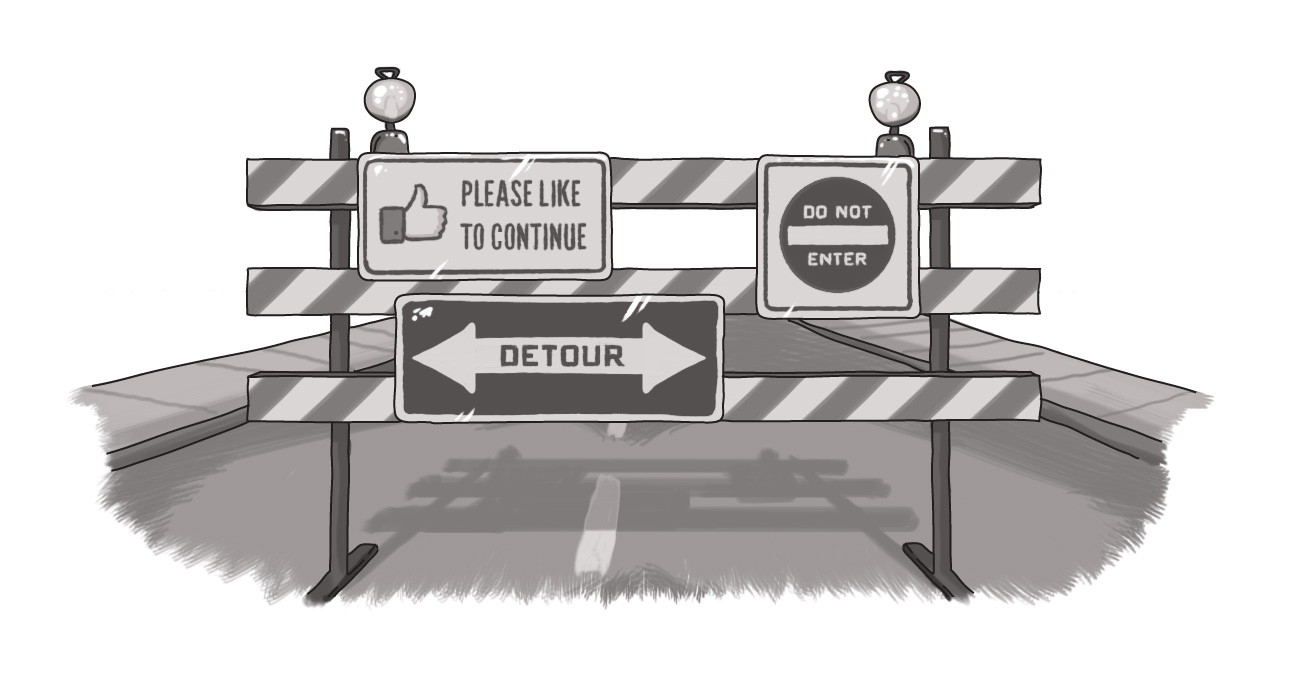Artistic Lessons Apply No Matter What the Audience, Organization

Everyone is unique, obviously, but when it comes to facing challenges, we often have markedly similar needs, expectations, and goals. From arts to technology, though the worlds may seem different, there's often more in common than you'd think.
Yesterday, I spent the morning at Innovation Works as part of a discussion group hosted by the Canadian Network for Arts and Learning that was working on providing feedback for a new on-line tool that's designed to better map out where Canadian creative outlets exist.
It was a positive experience overall. And I will stand firmly behind the idea that arts are an integral part of our culture and should be a key part of the educational process as the skills learned in understanding, appreciating, and expressing through art can translate to almost any job.
There were some notable communications elements that transcend all types of businesses: preaching to the converted, dealing with silos, and amplifying messages.
Preaching to the converted
The absolute worst thing you can do in any information-gathering or discussion session is to limit your responses to only those who are actively invested in a project. It's dangerous to believe that the group with whom you're affiliated is representative of the entirety of the audience -- and echo chambers develop quickly in that environment, creating false assumptions and unduly weighted influence that overvalues one particular demographic's opinion or needs.
That's a challenge, because often in an open forum you're only going to attract those with a vested interest. Or, in other cases, your "open" environment is so clearly biased that it actively repels those with alternative voices.
Fortunately, yesterday's session leaders realized that limitation. Now the hard part is reaching outside that pool. Too often, businesses trying to learn more about how to deliver solutions to their customers rely on internal resources. In the end, the person who knows the customer best is, in fact, the customer.
What's the right tool for the audience?
This is a question that impacts both information gathering and solution delivery. After all, it's easy to say a website. Or to say, "let's just share this on Twitter." But when it comes to effective social engagement, it's important to remember that the web and social media are just tools in a much-larger tool belt.
Is it enough to say, "we've engaged with the public -- we posted on our Twitter feed and posted an on-line survey?" It all depends on who your intended audience is. If you're looking at a broad cross-section, then no. Age, socio-economic status, language, accessibility -- all can be barriers to accessing information on-line.
And if you decide to limit your interaction or distribution to on-line, then you're likely going to limit the pool of responses you get. Often the masses won't come to you, but rather you'll have to go to the masses. It can take time, cost money, and be far less internally convenient than just slapping up a web poll, but the results are immeasurably better.
This was brought up yesterday, by the facilitators, who acknowledged that while travelling the country and setting up these events is resource-intensive, the simple act of sitting around a table and discussing issues is far more valuable than other methods.
Face-to-face matters. As I've learned over years of conducting interviews, it's not the questions you plan that provide the most value -- it's the questions in between the questions, the follow-ups and deeper-dives that offer the real insight. A conversation is always going to be more valuable than a pre-formatted Q&A, so finding the right way to interact with your audience is key to getting the insight you need back.
How do we deal with silos?
There may be multiple providers and services offering the same service or having the same idea as you. In fact, there may be internal departments that are working parallel to what you're doing. So how do we avoid duplication of effort? How can we break down the siloing of work so that we can focus our resources on what actually matters -- the value-added, specialized work that we do?
In yesterday's discussion, it became clear that there were multiple "maps" out there. From a user point of view, they're going to want one single source of truth. They don't want to have to click on multiple resources offering similar content; they want to go to one site and get what they need.
So how do we break down those barriers and benefit from all the groundwork that's already been done? You may be asking the same question in your business.
Perhaps your sales and marketing teams are developing tools independently that offer some crossover value. Maybe you have multiple departments preparing similar reports on similar topics. The challenge is how to get people to work together, worry less about ownership, and focus more on collaboration.
It's tough, especially when you have internalized structures that don't have an atmosphere of collaboration. I'm part of a group that received a recommendation to divest an area of content from a larger collaboration, mainly due to internal structures. Who was lost in all of this is the end user.
It may be easier for you, internally, to create within silos, but it rarely results in better content or better solutions -- and it almost never is better for the group that really matters, your audience.
Siloing is entrenched in many organizations and it's not easy to break out of them. But creating a collaborative environment, where people don't have to feel like they must hoard information to "own" their role, can help the end user.
How can arts apply to business?
SUBSCRIBE TO OUR E-NEWSLETTER
 Subscribe
Subscribe


